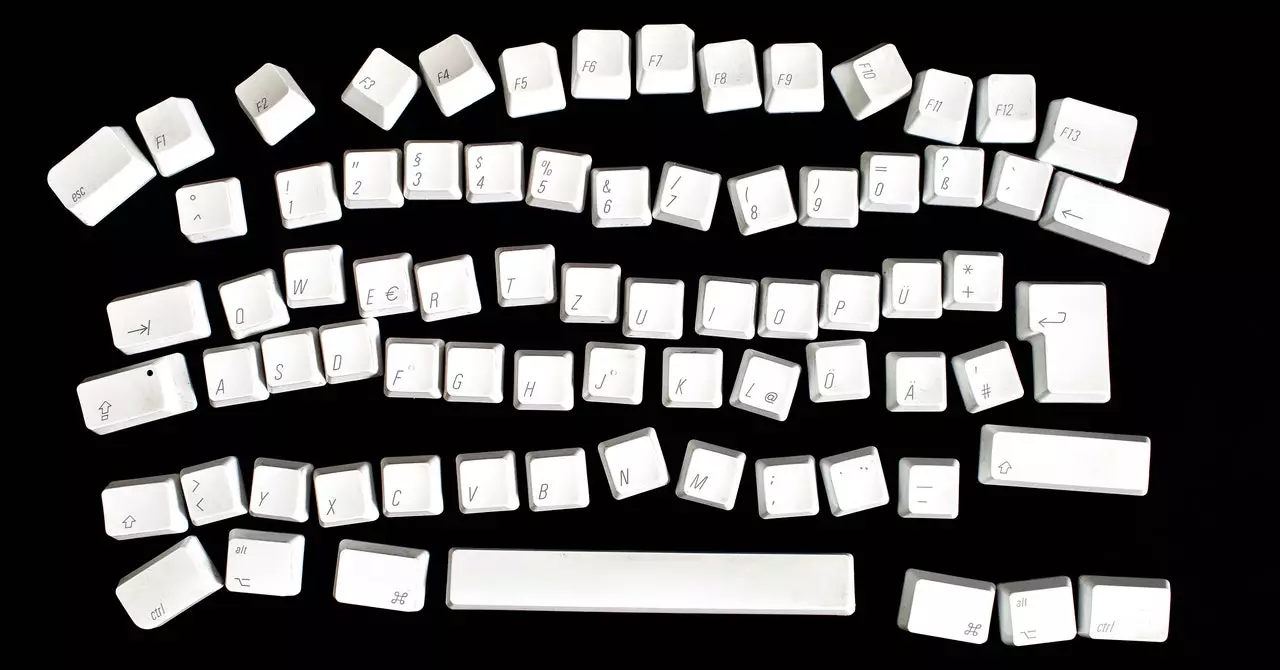Detecting when text has been generated by tools like ChatGPT is a difficult task. Popular artificial-intelligence-detection tools, like GPTZero, may provide some guidance for users by telling them when something was written by a bot and not a human, but even specialized software is not foolproof and can spit out false positives.
As a journalist who started covering AI detection over a year ago, I wanted to curate some of WIRED’s best articles on the topic to help readers better understand this complicated issue. Have even more questions about spotting outputs from ChatGPT and other chatbot tools? Sign up for my AI Unlocked newsletter, and reach out to me directly with anything AI-related that you would like answered or want WIRED to explore more.
In this article, which was written about two months after the launch of ChatGPT, grappling with the complexities of AI text detection as well as what the AI revolution might mean for writers who publish online is crucial. Eddie Tian, the founder behind GPTZero, emphasizes how his AI detector focuses on factors like text variance and randomness. The impact of AI on schoolwork is also highlighted, with educators facing the challenge of detecting AI-generated content in student assignments.
Do companies have a responsibility to flag products that might be generated by AI? Investigating how AI-generated books were being listed for sale on Amazon, despite startups believing that special software could identify and remove them, raises important questions about the ethical considerations surrounding AI detection. The core debate lies in whether false positives of human-written text being mistakenly identified as AI outweigh the benefits of flagging algorithmically generated content.
AI-generated text is not limited to homework assignments, as it is increasingly appearing in academic journals without proper disclosure. The potential negative impact on scientific literature due to the proliferation of AI-written papers is a concerning trend that needs to be addressed. Developing specialized detection tools that can search for AI content within peer-reviewed papers may offer a solution to this growing issue.
Implementing watermarks for AI text detection was once seen as a promising strategy, but recent developments suggest their underlying weakness as a detection tool. Researchers have demonstrated the difficulty of imprinting AI text with specific language patterns that are undetectable by humans but noticeable to detection software. Overcoming the challenges of watermarking AI text remains a difficult task that requires further research and development.
Teachers are exploring tools like Turnitin to detect AI-generated classroom work, but concerns about false positives and bias against English learners have led some institutions to forgo the use of such tools. Improving AI-detection algorithms is crucial to address the issue of erroneous results and ensure fair assessments of written content, regardless of the author’s linguistic background.
Detecting AI-generated text poses significant challenges that require a multi-faceted approach involving technological advancements, ethical considerations, and educational initiatives. As the prevalence of AI-generated content continues to rise, addressing the complexities of AI text detection is essential to maintain the integrity of written work and ensure transparency in online communication.


Leave a Reply